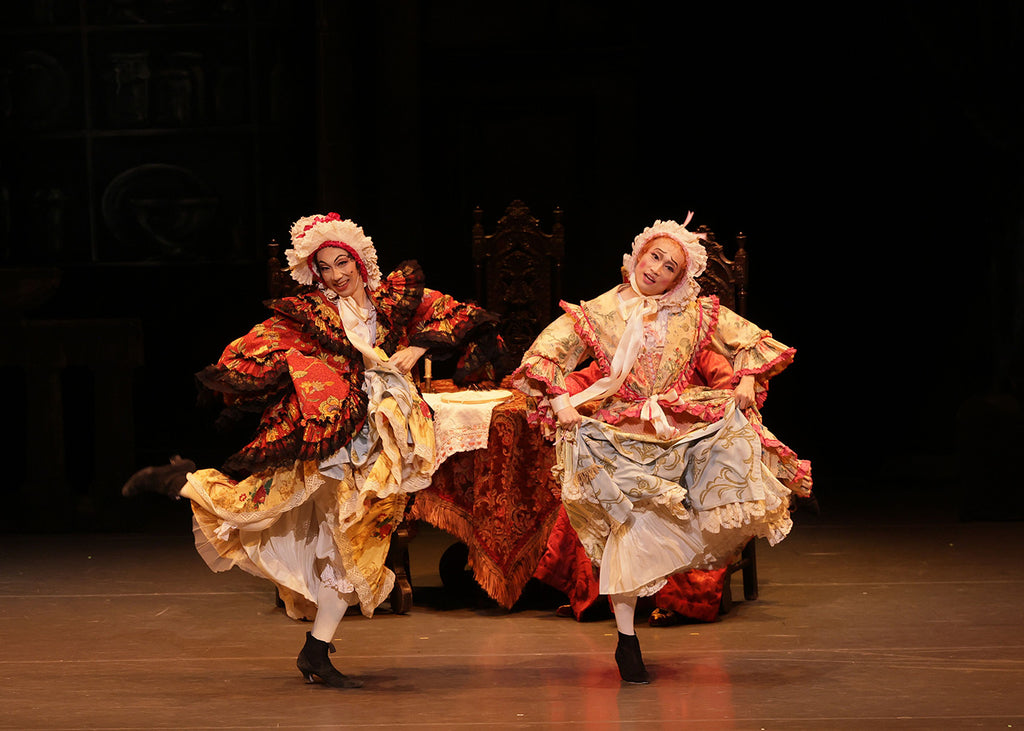Mishima’s Muse
Japan Society’s Yukio Mishima centennial series culminated with “Mishima’s Muse – Noh Theater,” which was actually three programs of traditional noh works that Japanese author Yukio Mishima adapted into modern plays.
Continue Reading
World-class review of ballet and dance.
The National Ballet of Japan’s rendition of the Frederick Ashton classic, “Cinderella,” offers an authentic taste of English tradition, subtly flavored by Japanese aesthetics. A perennial favourite (mounted 13 times by NBJ in the past 20 years), this season’s performances honor both East and West. It’s part of the “Ashton Worldwide 2024–2028” as tribute to the revered choreographer, while also one of 11 works in the Japanese Agency for Cultural Affairs’ 80th annual Arts Festival, featuring both Japanese traditional and Western classical arts.
Performance
Place
Words



“Uncommonly intelligent, substantial coverage.”
Your weekly source for world-class dance reviews, interviews, articles, and more.
Already a paid subscriber? Login

Japan Society’s Yukio Mishima centennial series culminated with “Mishima’s Muse – Noh Theater,” which was actually three programs of traditional noh works that Japanese author Yukio Mishima adapted into modern plays.
Continue ReadingThroughout the year, our critics attend hundreds of dance performances, whether onsite, outdoors, or on the proscenium stage, around the world.
Continue ReadingOn December 11th, the Alvin Ailey American Dance Theater presented two premieres and two dances that had premiered just a week prior.
Continue ReadingThe “Contrastes” evening is one of the Paris Opéra Ballet’s increasingly frequent ventures into non-classical choreographic territory.
Continue Reading
comments